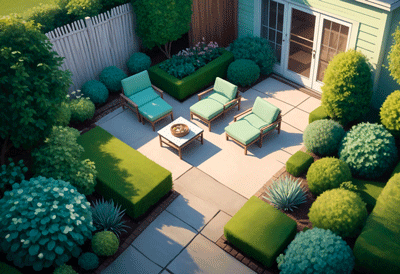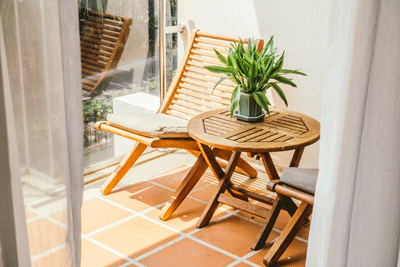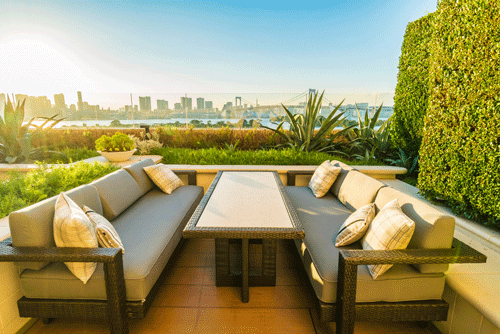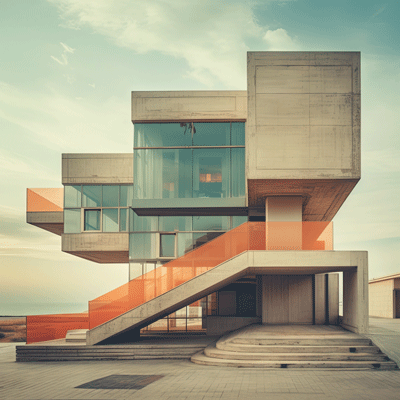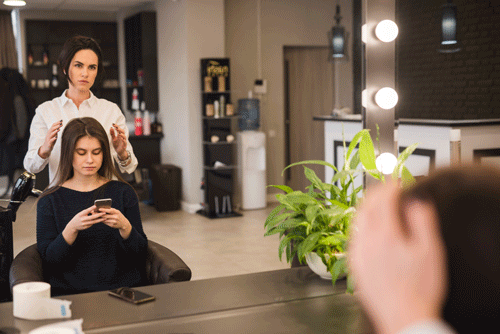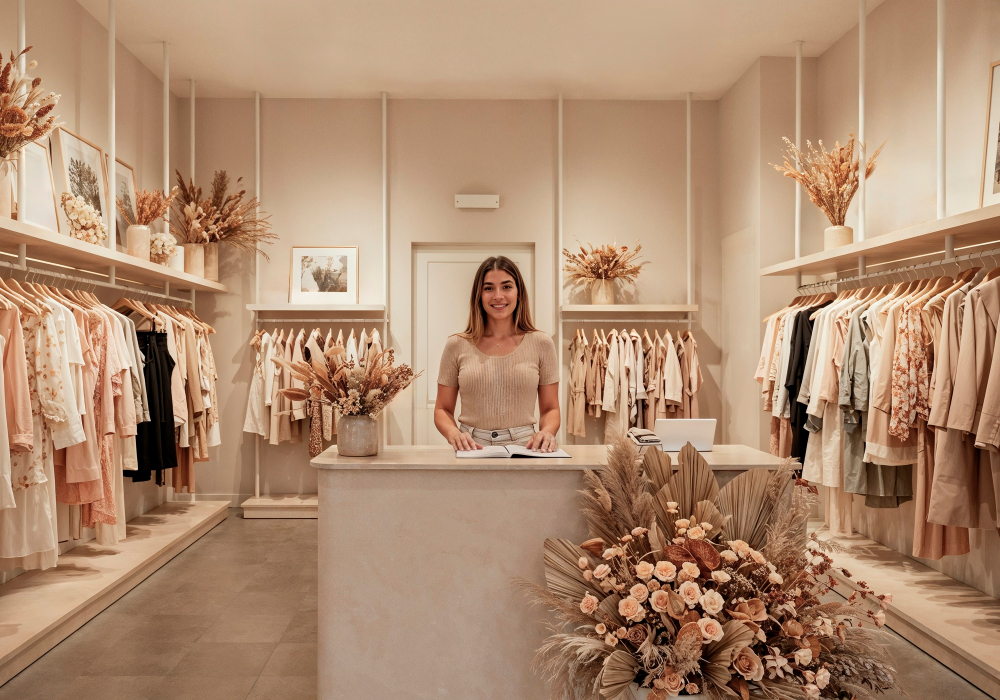
Interior & Exterior Design
Boutiques Design & Decoration
Essential Tips for Designing a Memorable and Successful Boutique
A boutique is more than a store; it’s a physical expression of a brand’s story and a curated experience for the customer. The design must be intentional, immersive, and make the customer feel special from the moment they step inside.
1. Define a Strong and Cohesive Brand Story
Your boutique’s design is your brand’s silent ambassador.
Narrative-Driven Design: Every element—from the color of the walls to the material of the hangers—should contribute to a single, cohesive story. Are you a bohemian oasis, a minimalist sanctuary, a vintage treasure trove, or an edgy urban gallery?
Consistent Visual Identity: Your logo, typography, and primary brand colors should be subtly integrated into the design through signage, packaging, and decor.
2. Master the Layout and Customer Journey
Guide your customer on a visual and physical journey through your space.
The “Decompression Zone”: The first 5-15 feet inside the entrance is crucial. Avoid placing valuable merchandise here. Instead, create an inviting entry with a clear view into the store, perhaps with a simple table or a mannequin to draw them in.
Create a Focal Point: Use a central display, a stunning feature wall, or a dramatic lighting piece to draw the eye and create a memorable “moment.”
Encourage Exploration: Design a clear but meandering path that naturally leads customers past all your key merchandise. Avoid a simple, grid-like layout that can be scanned and dismissed quickly.
Balance Open Space with Intimacy: While an open plan feels luxurious, use furniture, low walls, or clothing racks to create smaller, intimate “vignettes” that encourage discovery.
3. Curate High-Impact Visual Merchandising
Your displays are your storytelling tool.
The Power of Vignettes: Don’t just hang clothes on a rack. Create styled scenes that show how items can be worn together. Use props, furniture, and accessories to sell a lifestyle, not just a product.
The Rule of Three: Group items in threes for a visually pleasing and balanced display. This applies to everything from folded sweaters to a grouping of handbags.
Focal Points and Sightlines: Place your most impressive or new collection items at the back of the store to pull customers through the space. Ensure these key items are visible from the entrance.
4. Prioritize Strategic and Atmospheric Lighting
Lighting sets the mood and sells the product.
Accent Lighting: This is your most important tool. Use track lighting, spotlights, or picture lights to dramatically highlight key displays, artwork, and featured products. This creates a sense of importance and drama.
Ambient Lighting: Provides the general mood of the space. Use dimmers, pendant lights, or wall sconces to create a warm, inviting glow. Avoid harsh, uniform overhead lighting.
Color Rendering Index (CRI): For fashion boutiques, this is critical. Use bulbs with a high CRI (90+) in dressing rooms and over displays. This ensures colors appear true-to-life, preventing returns due to color mismatch.
5. Design a Flawless Fitting Room Experience
The fitting room is where most purchasing decisions are made. Make it exceptional.
Spacious and Flattering: The room should feel private, spacious, and well-ventilated. Ensure the lighting is exceptionally flattering (warm-toned and diffused, not from a single overhead point).
Thoughtful Amenities: Include a small stool, high-quality hooks, and a call button for assistance. Ensure the lock works perfectly.
The “Final Look”: A full-length mirror outside the fitting room allows customers to see their outfit in the main store’s lighting and get a second opinion, often leading to additional purchases.
6. Choose Materials and Finishes that Tell a Story
The textures in your boutique contribute to the overall feeling of quality.
Tactile Experience: Mix materials like smooth marble, rough-hewn wood, soft velvet, cool metal, and plush rugs. This adds depth and luxury.
Reflective Surfaces: Strategically use mirrors to make the space feel larger, brighter, and to allow customers to see themselves from different angles.
Sensory Engagement: Consider a subtle, brand-appropriate signature scent and a curated, low-volume music playlist to complete the immersive experience.
7. Optimize for Function and Operations
Beautiful design must also work hard for the business.
The Cash Wrap (Checkout Counter): This is the final touchpoint. Design it to be efficient, organized, and visually appealing. It should have storage for bags, a discreet payment terminal, and space for wrapping purchases beautifully.
Discreet Storage: Ample, easily accessible storage for inventory, supplies, and staff belongings is essential to maintain a clean, uncluttered sales floor.
Security: Integrate security measures like EAS tags and camera systems seamlessly into the design so they don’t disrupt the aesthetic.
Common Boutique Design Mistakes to Avoid
Overcrowding: Cramming too much inventory into the space feels cluttered and cheapens the products. Edit your displays ruthlessly. “Less is more.”
Poor Lighting: A dark space or unflattering fitting room lighting can kill a sale.
Ignoring the Customer Flow: A confusing layout can make customers feel uncomfortable and lead them to exit quickly.
Inconsistent Theme: Mixing too many styles (e.g., industrial pipes with rustic farmhouse tables) can feel confusing and amateurish unless done very intentionally.
Forgetting the Exterior: The storefront window display is your most powerful advertisement. Neglect it, and you lose your chance to lure people inside.
In summary, a successful boutique design is a carefully choreographed experience. It should tell a compelling story, make the customer feel valued and stylish, and seamlessly guide them from curiosity to purchase.


